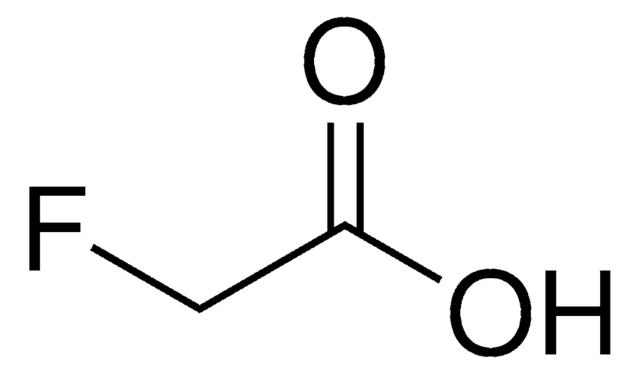203572
Lead(II) chloride
99.999% trace metals basis
Synonym(s):
Cotunnite
About This Item
Recommended Products
vapor pressure
1 mmHg ( 547 °C)
Assay
99.999% trace metals basis
form
powder and chunks
reaction suitability
reagent type: catalyst
core: lead
impurities
≤15.0 ppm Trace Metal Analysis
bp
950 °C (lit.)
mp
501 °C (lit.)
solubility
aliphatic hydrocarbons: slightly soluble(lit.)
density
5.85 g/mL at 25 °C (lit.)
SMILES string
Cl[PbH2]Cl
InChI
1S/2ClH.Pb/h2*1H;/q;;+2/p-2
InChI key
HWSZZLVAJGOAAY-UHFFFAOYSA-L
Looking for similar products? Visit Product Comparison Guide
General description
Application
Signal Word
Danger
Hazard Statements
Precautionary Statements
Hazard Classifications
Acute Tox. 4 Inhalation - Acute Tox. 4 Oral - Aquatic Acute 1 - Aquatic Chronic 1 - Carc. 2 - Repr. 1A - STOT RE 1
Storage Class Code
6.1C - Combustible acute toxic Cat.3 / toxic compounds or compounds which causing chronic effects
WGK
WGK 3
Flash Point(F)
Not applicable
Flash Point(C)
Not applicable
Personal Protective Equipment
Certificates of Analysis (COA)
Search for Certificates of Analysis (COA) by entering the products Lot/Batch Number. Lot and Batch Numbers can be found on a product’s label following the words ‘Lot’ or ‘Batch’.
Already Own This Product?
Find documentation for the products that you have recently purchased in the Document Library.
Customers Also Viewed
Articles
Colloidal quantum dots (CQDs) are semiconducting crystals of only a few nanometers (ca. 2–12 nm) coated with ligand/surfactant molecules to help prevent agglomeration.
Controlled synthesis of metal clusters regulates ligands and atoms, advancing metal nanomaterial synthesis.
Controlled synthesis of metal clusters regulates ligands and atoms, advancing metal nanomaterial synthesis.
Controlled synthesis of metal clusters regulates ligands and atoms, advancing metal nanomaterial synthesis.
Our team of scientists has experience in all areas of research including Life Science, Material Science, Chemical Synthesis, Chromatography, Analytical and many others.
Contact Technical Service














